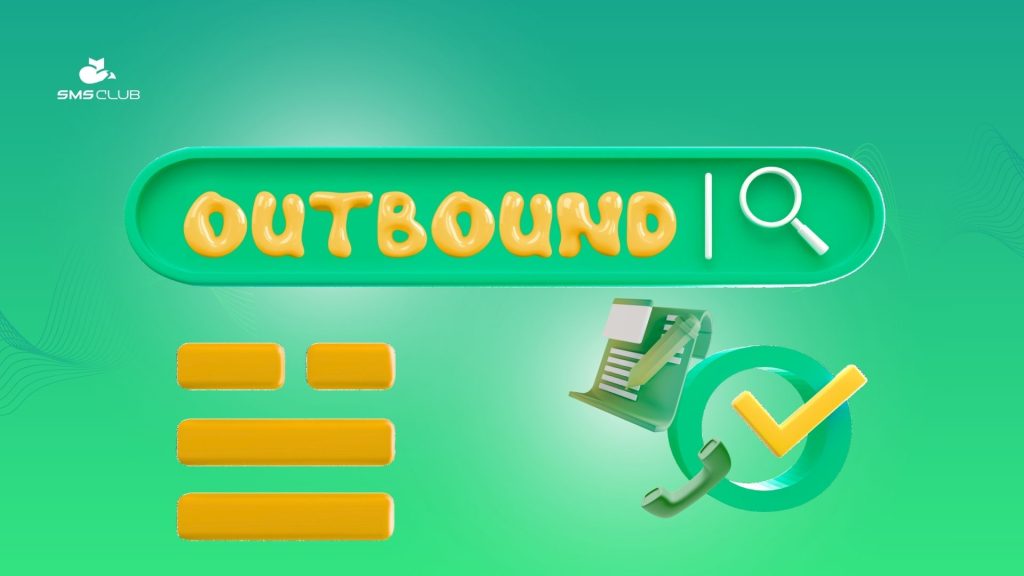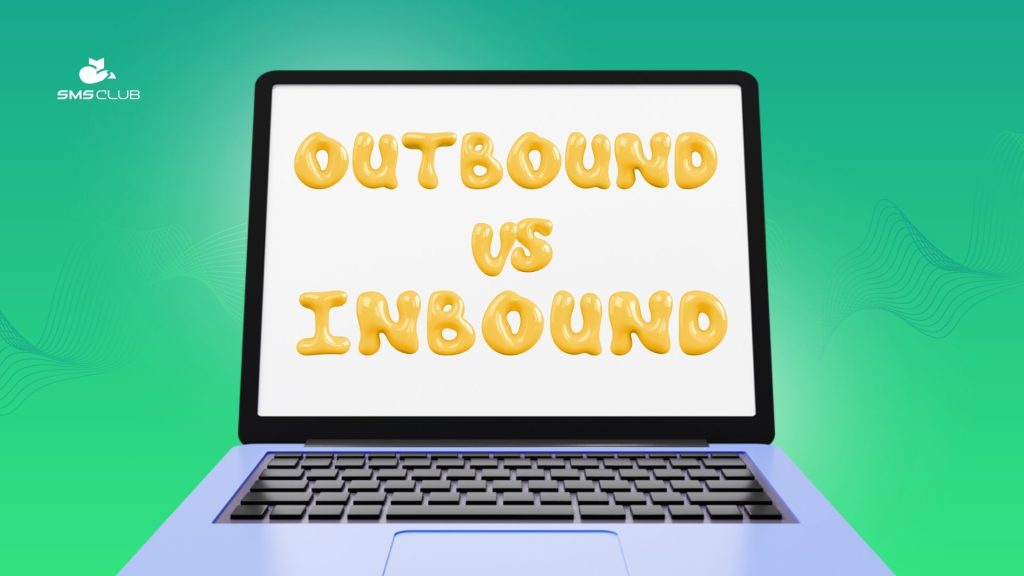Outbound lead generation: the most effective tools

Contents:
Contents:
Attracting potential customers can be achieved not only through traditional advertising methods. Outbound marketing, when approached correctly and used properly, can be a highly effective tool. The outbound marketing funnel is built on the basis of mail advertising, TV and radio campaigns, and telephone calls. These techniques are complemented by advertising on external surfaces.
Basic principles of outbound marketing
The main principle is that the service provider or seller initiates contact with the potential client first. This principle leads to a key difference in outbound marketing — the need for an active approach from the seller’s side. This is necessary to present the consumer with a solution they are not yet aware of.
Ambitious goals can be achieved using the following tools:
- Cold calls,
- Correspondence,
- In some cases, personal meetings to attract attention and stimulate client interest.
Contact data for calls or emails for correspondence can be collected from telephone directories, databases, or online resources. It is important to send communications to users who have consented to the processing of their personal data, to ensure that the messages or emails do not end up in the spam folder.
Outbound sales are built on the premise that the client has never heard of the product being presented by the company before. Therefore, the task of outbound marketers is to provide a solution that the potential consumer has not yet considered.
How does the outbound sales process work?
During the process, the seller monitors the potential client even before the latter learns about the existence of the offer. Cold calling or correspondence is used to establish contact with the future buyer. Contact data for leads are collected using special software.
Outbound sales consist of the following steps:
- Prospecting,
- Cold outreach.
Prospecting is a process also known as active lead generation. It involves searching for contact details of future clients. Before starting this process, it’s necessary to have an understanding of your target audience.
Therefore, it’s essential to know the answers to the following questions first:
- What business do you want to attract?
- Who is your target?
- What do you envision your ideal client to be like?
Leads can be generated in several ways:
- Through the LinkedIn service;
- In online directories;
- On social networks like Facebook or X;
- Through search services on company websites.
Additional data can later be used to segment the lead base and personalize offers.
Cold outreach is a method of first contact with a client, where preliminary calls are used. However, outreach that employs cold emails is considered more effective.
Email marketing involves sending letters from brands with which the potential client likely had no prior contact.
The goal of such mailings is to introduce the consumer to the product or services and create brand recognition. Ultimately, when the person needs a product, they will first remember the brand that sent the emails.
However, it’s not enough to just collect addresses and automatically send out emails. It’s necessary to ensure that the addresses are active, create appealing headlines, segment, and personalize the offer, etc.
Emails need to be composed according to requirements:
- Conciseness,
- Consistency,
- Personalization,
- Relevance to the needs and goals of clients.
Each email should include call-to-action (CTA) prompts—urging action. These formulations can contain trigger words that increase the email open rates.
For further lead conversion, any additional data about clients is important, as it significantly increases the chances of boosting purchases or orders.
Sometimes purchase scenarios can be closed without active assistance from the seller. For example, a social media user writes in their stories that they need to book a dress or suit for the evening. The clothing store may offer a favorable discount or bonus. If everything goes according to the seller’s scenario, the outbound sale ends successfully.
Not by emails alone
Outbound marketing consists not only of sending emails.
The following types of advertising help to create a positive brand image and establish contact with the client:
- Television advertising;
- Flyers — this form is gradually phasing out, but still has some impact;
- Outdoor advertising — banners, billboards.
Choosing a successful location and format for outdoor advertising can help attract more clients. An obvious advantage is simplicity — once a banner is placed, it can passively collect calls or website visits.
Fixed costs — here, there’s no need to constantly adjust numbers, as is the case with targeted advertising.
Key Advantages of Outbound Marketing
A skillfully used strategy brings significant benefits:
- Improved brand recognition;
- Increased audience reach;
- The potential to become the brand that first comes to mind when a customer needs a product;
- Emotional connection with customers;
- Ability to reach a large number of people with messages, including those who have never heard of your company;
- Requires less time compared to inbound marketing.
Outbound marketing increases the reach of potential consumers. The more people a marketing message reaches, the more leads can be converted into customers and active users.
Difference between Inbound and Outbound Strategies?
Inbound marketing is focused on creating content that encourages potential consumers and social media readers to become regular visitors to the store or service clients.
This approach is based on providing the target audience with solutions to their problems. As a result, the brand sees an increase in potential users and, consequently, revenue.
This strategy creates situations that encourage people to purchase products or order services.
In this approach, there are no active sales. The likelihood of purchases increases as the variety of content grows. To achieve this, it’s necessary to develop blogs, write articles, and add posts on social media.

Outbound marketing is a model that helps build brand recognition.
In this strategy, companies focus on active sales—using radio ads, print publications for this purpose. These channels allow introducing a large audience to their product.
The frequency of advertising significantly improves the memorability of a product or service by potential clients.
Businesses often combine inbound and outbound marketing to increase the effectiveness of their promotions.




